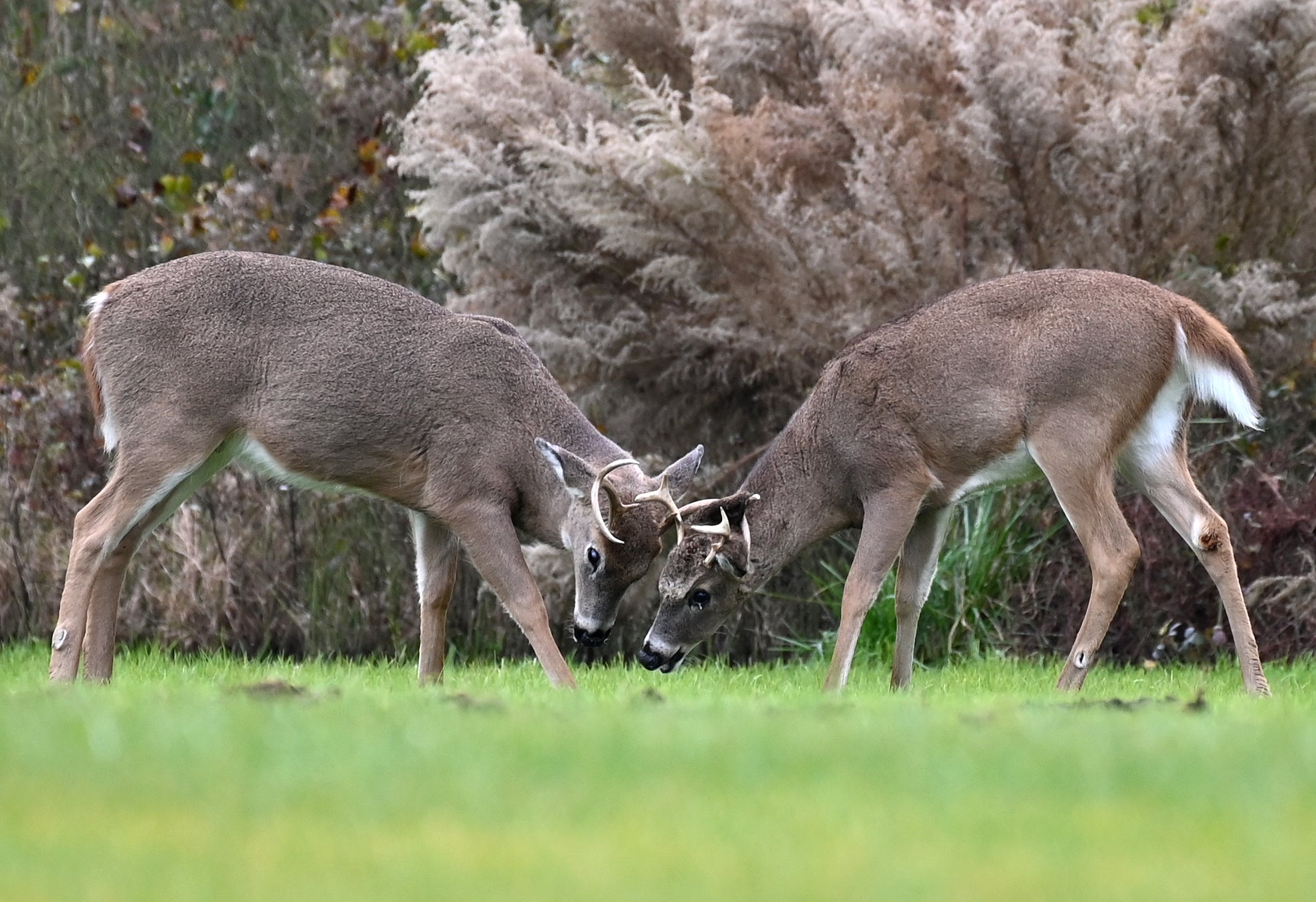First likely case of Covid jumping from wild deer to a human reported in Canada
Limited data makes it difficult to confirm if this virus lineage jumped from deer to human

Your support helps us to tell the story
From reproductive rights to climate change to Big Tech, The Independent is on the ground when the story is developing. Whether it's investigating the financials of Elon Musk's pro-Trump PAC or producing our latest documentary, 'The A Word', which shines a light on the American women fighting for reproductive rights, we know how important it is to parse out the facts from the messaging.
At such a critical moment in US history, we need reporters on the ground. Your donation allows us to keep sending journalists to speak to both sides of the story.
The Independent is trusted by Americans across the entire political spectrum. And unlike many other quality news outlets, we choose not to lock Americans out of our reporting and analysis with paywalls. We believe quality journalism should be available to everyone, paid for by those who can afford it.
Your support makes all the difference.Researchers have reported a likely instance of a highly-mutated version of the novel coronavirus jumping from a white-tailed deer to a person in Canada, which would mark the first known case of deer to human transmission if confirmed.
The yet-to-be peer-reviewed study, published in the preprint server bioRxiv last week, identified highly-mutated clusters of genomes of the SARS-CoV-2 virus in the white-tailed deer, highlighting the potential for deer to act as an animal reservoir for the virus.
In the study, scientists including Bradley Pickering from the National Centre for Foreign Animal Disease in Canada, analysed 300 samples collected in November and December 2021 from white-tailed deer in Southwestern and Eastern Ontario.
Researchers found that 17 of the deer in Southwestern Ontario tested positive for the novel coronavirus.
When they sequenced the virus genomes from five of the samples, the scientists found “a new and highly divergent lineage” of the novel coronavirus that had 76 mutations compared with the original version of the SARS-CoV-2 virus identified in Wuhan, China.
“This lineage has 76 consensus mutations including 37 previously associated with non-human animal hosts, 23 of which were not previously reported in deer,” the scientists wrote in the study.
When the researchers compared the viral genomes found in deer to those from humans in the area, they found that a person was infected with a genetically similar strain of the SARS-CoV-2 virus.
The limited data in the study, however, makes it difficult to determine conclusively if this new lineage truly jumped from the deer to the person, scientists said.
“However, there are several lines of circumstantial evidence suggestive of a lineage that has been circulating and adapting within a non-human host, including a unique constellation of mutations that has not been previously observed among SARS-CoV-2 lineages,” they added.
While previous studies have shown that the novel coronavirus can spread from humans to wild animals including lions, tigers, minks, as well as white tailed deer, and within deer populations, this new study, scientists say, is the first possible evidence of the virus jumping from deer to humans.
Researchers added that the mutations seen in the virus samples from the deer in the study may not have a huge effect on the ability of currently used COVID-19 vaccines to protect against this lineage of the virus.
Although there have been no other reported cases of the coronavirus jumping from white tailed deer (WTD) to humans, researchers said the “sustained infection of SARS-CoV-2 within WTD and opportunities for transmission back to humans underscore the potential for WTD to act as an animal reservoir”.
They called for further multidisciplinary studies to assess the spread of the novel coronavirus in deer and other animals to identify reservoirs capable of driving transmission and evolution of the virus.
Join our commenting forum
Join thought-provoking conversations, follow other Independent readers and see their replies
Comments